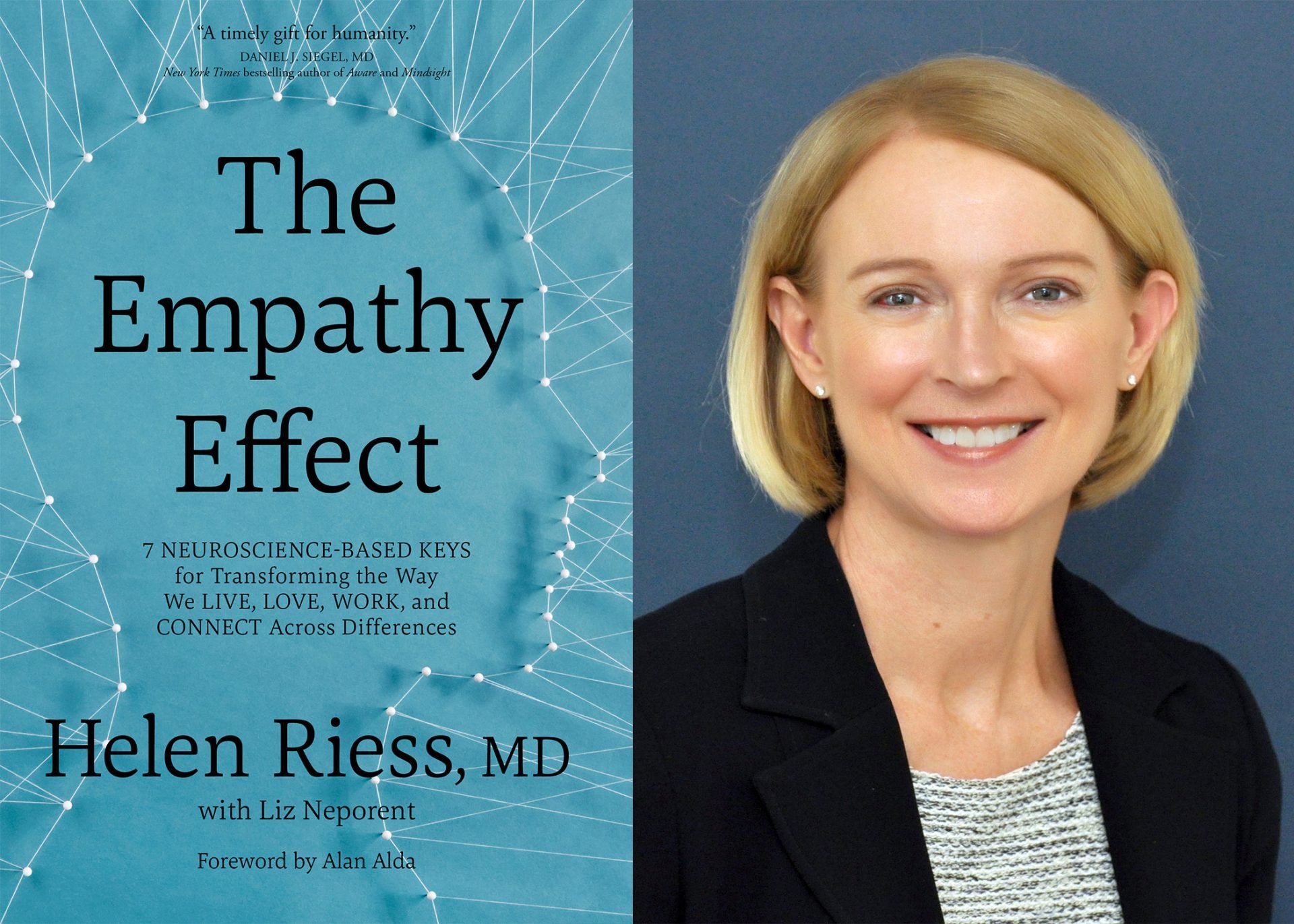By John Ford
Elon Musk has never shied away from bold and controversial claims. In a recent Joe Rogan Experience interview (#2281), he reignited the debate on empathy, calling it a “fundamental weakness of Western civilization.” His argument? That empathy is being weaponized—exploited for political gain, particularly by Democrats, to push policies that, he claims, threaten long-term societal stability.
Musk’s perspective is undeniably provocative, but does it hold up under scrutiny? Is empathy truly a liability, or is Musk engaging in his own brand of emotional manipulation?
1. Musk’s “Weaponization of Empathy” Argument: Wrong and Misleading
Musk claims that undocumented immigrants are being strategically relocated to swing states to secure political dominance, using California as an example.
However, undocumented immigrants cannot vote in California or any other U.S. state. Federal law prohibits noncitizens from voting in federal elections, and voter registration in California requires proof of identity. While some local jurisdictions have explored noncitizen voting in municipal elections, these cases are rare and have no impact on state or federal results.
Musk’s claim is factually incorrect and contradicts established election safeguards. Ironically, his warning about emotional manipulation relies on an emotional, factually unsupported argument.
2. Where Musk’s Argument Fails: The Nature of Empathy Itself
Musk’s critique rests on an implicit misunderstanding of what empathy actually is. Modern psychological research, particularly from Daniel Goleman and Paul Ekman, defines empathy as a multi-faceted ability that includes emotional connection, cognitive understanding, and compassionate action. These distinctions lead to three distinct forms of empathy, each with different implications:
Emotional Empathy – Feeling another’s emotions as if they were your own, which can lead to distress or bias. (e.g., A doctor overwhelmed by a patient’s suffering might struggle to remain objective.)
Cognitive Empathy – Understanding another’s perspective without becoming emotionally overwhelmed, essential for negotiation and leadership. (e.g., A skilled negotiator who recognizes their opponent’s fears and concerns, allowing for a more effective resolution.)
Compassionate Empathy – Acting on understanding in a measured way, allowing for thoughtful, ethical responses rather than impulsive reactions. (e.g., A leader addressing social issues without making impulsive or unsustainable promises.)
By collapsing empathy into a single, unregulated force, Musk misrepresents its complexity and value. Musk lets himself off the hook—rejecting its role in ethical leadership while still benefiting from it. After all, his success in business and public influence relies heavily on cognitive empathy—his ability to understand and tap into human aspirations, fears, and desires. He is not indifferent to what moves people; he simply applies empathy in a way that serves his goals.
3. The Real Issue: Empathy Is Not the Problem—Manipulation Is
Musk concedes that “empathy is good, but you need to think it through,” yet he still frames it as a fatal weakness of Western civilization. This contradiction reveals a deeper flaw in his argument: the problem isn’t empathy itself, but how it is applied. His claim that empathy is a “bug” being exploited is misleading—because any human trait, including logic, loyalty, or even skepticism, can be exploited. The real issue isn’t that empathy exists, but whether people are equipped to apply it discerningly.
Scholars in negotiation and conflict resolution have long studied empathy’s role in decision-making. Robert Mnookin, Scott Peppet, and Andrew Tulumello, in their work on negotiation strategy, emphasize that empathy does not mean agreement, nor does it make one weak. Instead, it is a mode of understanding—allowing a negotiator or leader to accurately grasp another’s position while asserting their own strategic interests.
A more refined critique would distinguish between:
✔ Ethical empathy—Balancing compassion with rational decision-making.
❌ Exploitative empathy—Using emotional appeals to pressure decisions without considering long-term consequences.
If Musk truly wanted to address the issue, he wouldn’t call empathy suicidal—he would advocate for discernment in how empathy is applied. Instead of discarding it as a weakness, the solution is to cultivate wise empathy—one that recognizes emotional appeals while still prioritizing cognitive and compassionate empathy.
Framing empathy as a “bug” in Western civilization misrepresents what it actually is: a feature, not a flaw. Evolutionary psychology suggests that empathy is an adaptive strength—it enables cooperation, moral reasoning, and social cohesion. The question isn’t whether empathy exists, but whether we use it as a blunt instrument or as a refined tool. Musk himself benefits from strategic empathy, making his critique ring hollow.
History demonstrates that empathy, when balanced with strategy, strengthens rather than weakens societies. The post-World War II Marshall Plan is a prime example: it was not driven by blind compassion but by a pragmatic recognition that rebuilding war-torn Europe would create stability, prevent further conflict, and serve long-term economic and political interests. This is empathy applied wisely—integrating emotional, cognitive, and compassionate elements to produce sustainable outcomes.
4. Musk’s Own Use of Empathy: A Double Standard?
Musk’s argument becomes even more contradictory when we consider how much he personally relies on empathy to shape his public persona and business ventures.
SpaceX and Tesla are built on grand human narratives—the survival of the species, the urgency of climate action, and the dream of a multi-planetary future.
He frames AI as an existential threat—a message that plays on both fear and hope, ensuring public engagement.
His public persona thrives on connection and controversy—Musk understands how to emotionally engage people, whether through humor, provocative statements, or appeals to innovation.
For someone so critical of emotional influence, Musk is exceptionally good at using it when it suits his objectives. Musk doesn’t reject empathy—he wields it strategically.
5. A More Balanced Approach: The Case for “Discerning Empathy”
Rather than accepting Musk’s suicidal empathy framing, a more constructive question is:
How do we use empathy wisely?
✔ Empathy should inform, not override, critical thinking. Ethical decision-making requires all three forms of empathy: emotional, cognitive, and compassionate.
✔ Emotional persuasion should be recognized, not demonized. Emotional appeals are not inherently bad—they only become dangerous when they are used without integrity.
✔ Empathy isn’t the enemy of civilization—apathy is. If Musk fears the collapse of Western civilization, the real danger isn’t too much empathy—it’s too little concern for others altogether.
Final Thoughts: Is Musk’s Critique Valid?
Musk isn’t entirely wrong to warn against the manipulation of empathy—but his framing is misleading. Empathy is not a weakness that needs to be suppressed, but a capacity that must be developed with discernment. His own words—“empathy is good, but you need to think it through”—support this idea more than he admits. The real challenge isn’t to reject empathy but to refine how we wield it.
This recording was generated by Notebook LM based on the article I wrote in March 2025:










